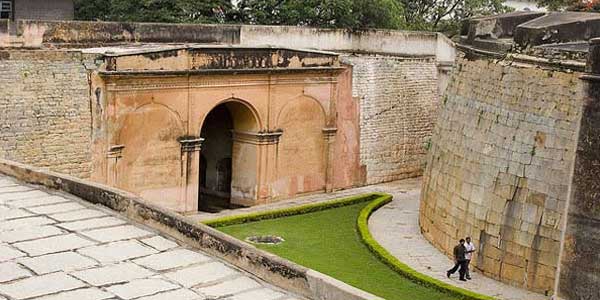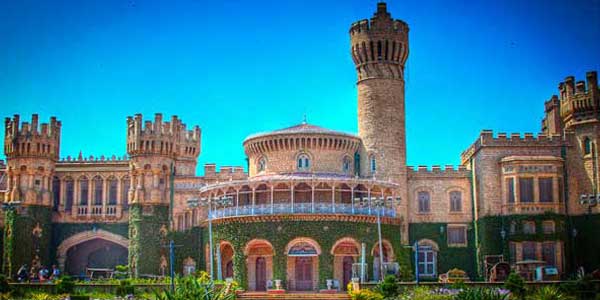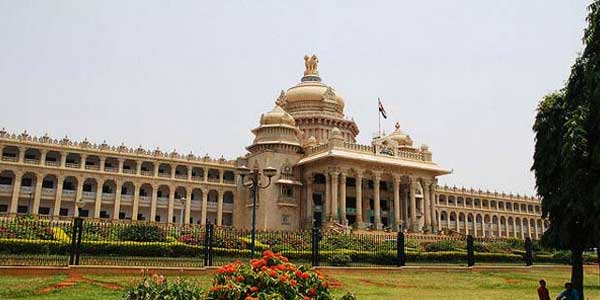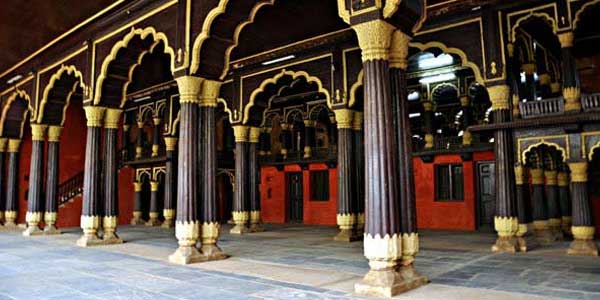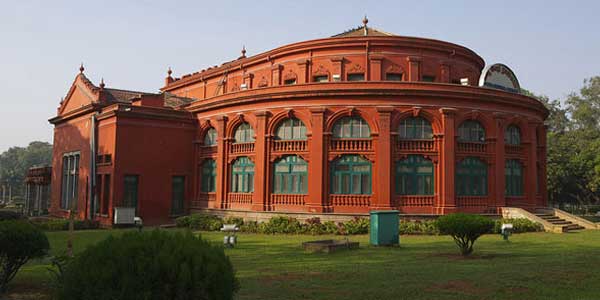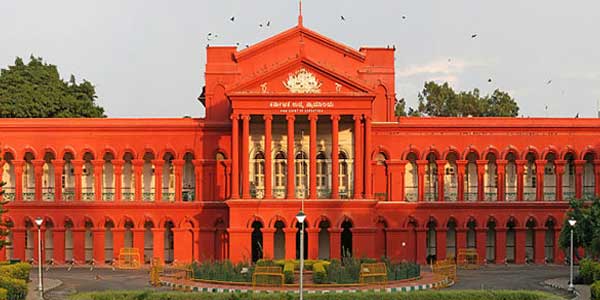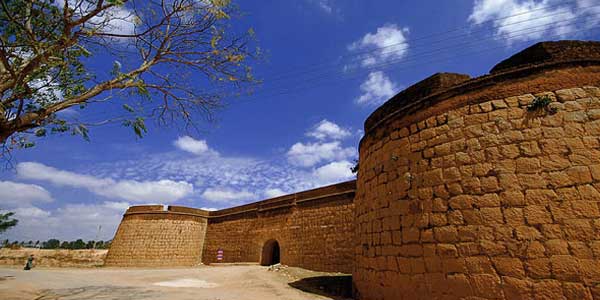
Tipu Sultan's Palace
Tipu Sultan was the ruler of the Kingdom of Mysore from the year 1782 CE to 1799 CE. Built in the year 1791, the palace was used as the summer residence of the Sultan. It is a two storey building entirely made in pure teak wood with big fluted pillars supporting the whole structure. The walls and the ceilings of the palace are decorated with floral patterns. Islamic concept is used while making the intricately carved arches. As per speculations, the eastern and western balconies of the upper floor were used by the Sultan for conducting the affairs of the state.
The ground floor of the palace now houses a museum which showcases a portrait of the monarch, his clothes, the missiles used during the wars with the British and a couple of his swords. Though the mansion is not grand in size, its amazing wooden architecture is one thing that shouldn’t be missed out. For photography buffs, its magnificent balconies and stairways create a perfect shot. It is located at Albert Victor Road, Chamrajpet, around which proper accommodation under budget is available for vacationers.
The construction of the fort started during the reign of Hyder Ali and was completed in 1791, during the rule of Tipu Sultan. Among the several unique aspects of the two-storeyed palace are its huge wooden pillars, glorifying brackets and its all- around idyllic and placid setting. After the death of Tipu Sultan, the British used the monument for its Secretariat until about 1868, before moving to Attara Kacheri. Blessed with lush green gardens, flowering shrubs and sparkling fountains, the palace is an attractive tourist site and a slice of solitude in the heart of the city. Lately, a small part of the fort has also been converted into a museum showcasing various events of the life and times of Tipu Sultan. Once tourists enter the fort, they are bound to feel like they have entered a different place and a different era altogether. The palace has a serene vibe that will make one feel at peace the moment they walk in.
Bangalore Monuments
Bangalore Monuments, if you go by popular accounts, is the Silicon Valley and the Garden City of India. Heritage and culture have always flown freely in the veins of Bengaluru along with contemporary significance. The historical monuments of Bengaluru unfold a whole new world of historical, cultural, architectural, political, traditional and religious legacy and past of Karnataka. The forts and palaces manifest professionally competent town planning and the wonderful architecture at the time of some of the earliest dynasties in India. Sometimes the edifices have been created to commemorate a person or important event or designed as artistic objects to improve the appearance of a city or location. They have become iconic emblems of modern Bengaluru in all their glory.
The cultural heritage of Bengaluru consists of contributions and influences of successive dynasties that ruled it such as the Kadambas, Hoysalas, Chalukyas and the Vijaynagar Empire. The Mughals and the British reigned in Bengaluru as well. Rudiments of the people, the races and the religions were altered and assimilated as per conveniences and bear mark on the beautiful monuments that have stood the test of time.
The capital of Karnataka, Bangalore has a unique cultural identity with elements of both Hinduism and Islam and has several notable monuments including the Vidhan Soudha and Tipu's Palace. The city also has the magnificent Bangalore Palace in a blend of Gothic and Tudor architecture. The famous monuments always merit a visit, because they are the speaking stones of Bangalore's historical details.


